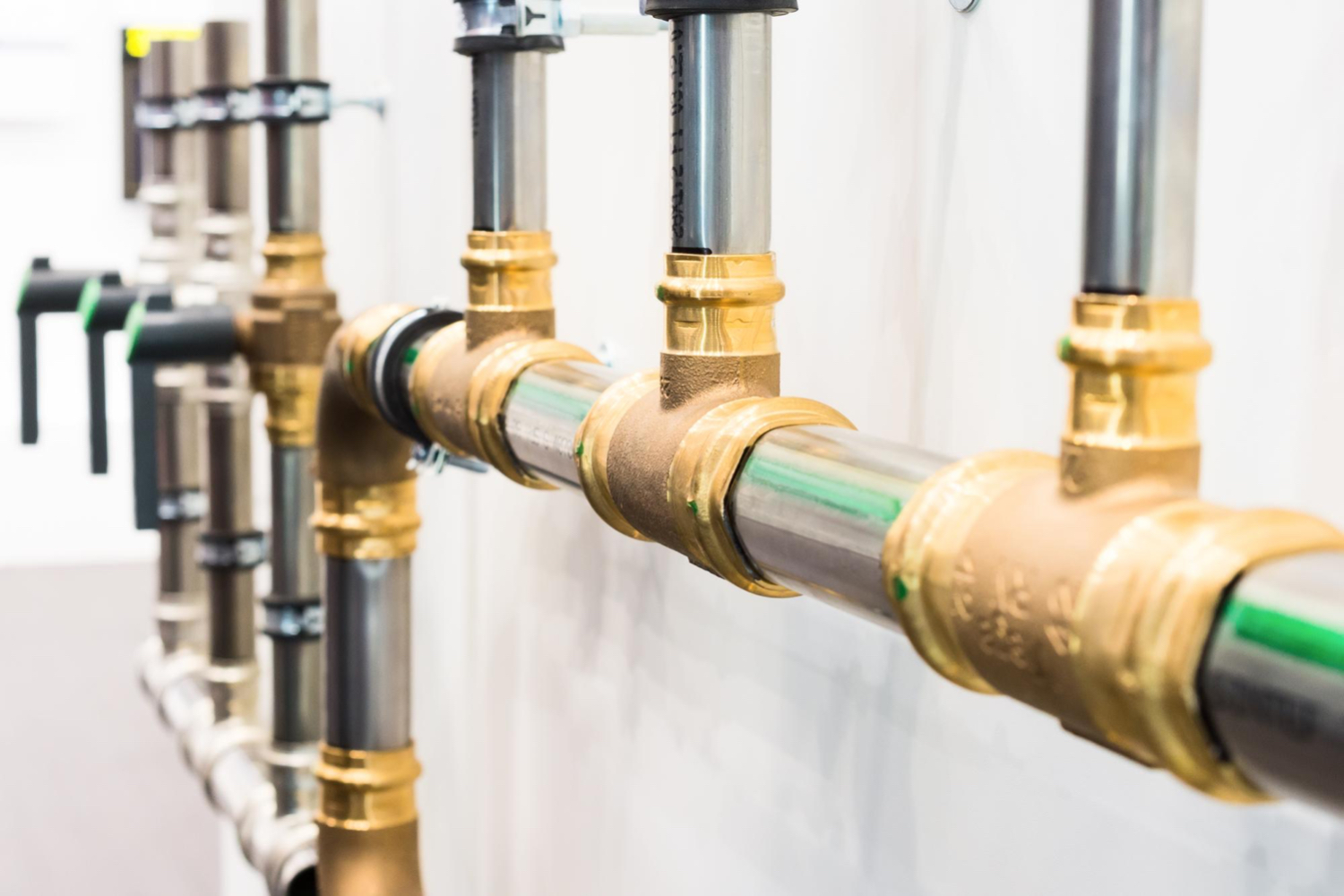What is Brass Turning?
Brass turning is the process of cutting a solid piece of brass into a finished component.
Brass is an alloy made from copper and zinc. Copper is malleable and easy to work with, but it oxidizes when exposed to air and forms a layer of copper oxide on its surface. Zinc makes copper harder, more resistant to corrosion, and better able to withstand heat.
Brass has been used for thousands of years as a metal alloy in many different applications. It can be shaped by casting and machining, which makes it ideal for use in manufacturing equipment parts such as gears, bearings, and valves.
What are Brass Turned Components?
You may not be familiar with brass-turned components, but you’ve likely seen them before. They’re found in products ranging from faucets and shower heads to automotive parts and medical devices.


Brass-turned components offer a variety of benefits to the consumer because they are:
- Durable, corrosion-resistant, and able to withstand high temperatures
- Lightweight and easy to handle
- Easy to fabricate into various shapes or sizes
- Affordable in comparison to other metals
With so many benefits, it’s no wonder brass-turned components are found in a wide range of industries.
Types of Brass Turning
Brass turning is a process that creates a part by turning the metal on a lathe. It can be used to create parts that are round or flat or both.
The most common type of brass turning involves turning down the outside diameter (OD) of a piece of material until it reaches the desired size.


This can also be done for holes drilled through the center of an object, resulting in an internal feature being created as well as an external feature on its surface.
However, other types of brass turning can also be performed. For example, it is possible to turn both the OD and ID at once. In that case, you may end up with a solid part that is tapered at one end or features a hole in the center.
The Brass Turning Process
The process of turning brass is a very simple one and can be done by anyone with the right tools. Because brass is so soft, it doesn’t require much force to cut it with a lathe. The main goal in turning brass is to make sure you don’t heat it too much, as this can cause distortion in the metal.
The first step in turning brass is to heat it up with some kind of torch or blow-torch until the entire piece is red hot. This will allow us to burn away any impurities that might still be inside the metal without damaging its surface.


After heating up our material, we will then use a tool called a tap wrench to remove any burrs or imperfections from our piece’s exterior surface. Finally, we will polish our finished product using sandpaper or steel wool until it’s smooth and shiny.
What Tools are Used for Brass Turning?
When it comes to brass turning, the tools used are mostly the same as those for turning other metals. The difference is that brass has a lower melting point than most other metals, so tools made from it can be used on other materials.
The most basic tool for brass turning is called a “burr.” It’s an abrasive wheel with a conical shape that can be used to remove material from the brass being turned. Burr wheels are available in different sizes and shapes; some have diamond tips, while others have flat surfaces or round edges.
Another common tool for brass turning is called a “lap.” This device is similar to a burr but has two sides: one that cuts into the surface of the metal being turned and another side that polishes or finishes it off by removing any marks left behind from cutting operations.
There are also other kinds of tools used for brass turning, including drills and reamers (which create holes), chucks (which hold workpieces securely), reamers (which create holes), and sanding drums (which smooth surfaces), and collets (which hold cutting tools).
Uses for Brass Turned Machined Parts
Brass Turned Components are used in many industries, including:
- Plumbing and plumbing fixtures
- Electrical applications
- Medical applications
- Automotive applications
- Hydraulic applications
- Computer industries
- Architectural applications
- Construction industries
- Rifle ammunition
- Heat exchangers and fluid control valves
There are many uses for brass-turned machined parts, in a variety of industries. These components are essential in creating smooth surfaces and secure fixtures in everything from plumbing to construction.
Our Brass Turned Components Manufacturing Capabilities
At Gayatri Precision, we make sure to adhere to international standards for quality and customer satisfaction. We have been in the industry for almost three decades now, which means we have the experience necessary to provide you with any kind of brass-turned components that you may need.
Our commitment to quality enables us to meet all your requirements consistently and efficiently.
If you are looking for a source to provide you with high-quality brass-turned components, Gayatri Precision is exactly who you need.
We make it our mission to be the best at what we do, and use state-of-the-art technology and machinery to manufacture everything we make. We also have an experienced team on hand that has all the skills necessary to create brass-turned components that are smooth, sturdy, and durable.
Get in touch with us today if you want to know more about our production capabilities.
Conclusion
We hope that this article has given you a better understanding of what brass turning is and how it can be used to manufacture high-quality components. If you have any questions or would like more information about our manufacturing capabilities, please contact us today.
